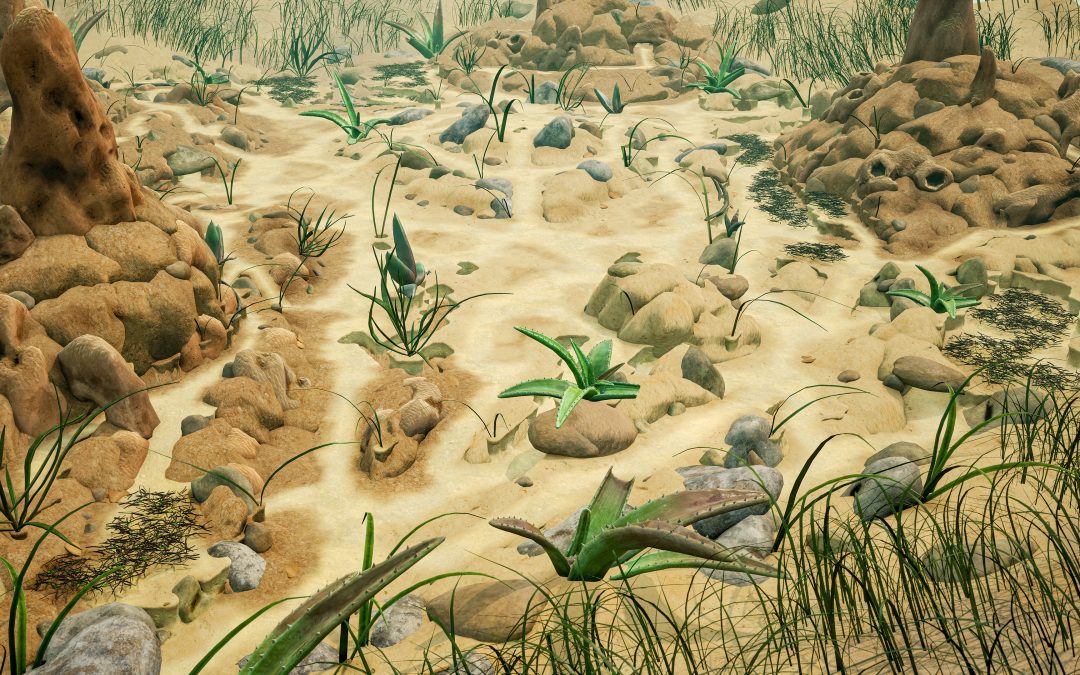Just in case the change in the winds isn’t perceptible to all yet, I’ll spell it out – we’re approaching a point where we’ll soon be ready to announce our release date for version 1.0 of Empires of the Undergrowth. Official reveals for the setting and species you’ll be encountering have begun, and so this newsletter will focus firmly on that.
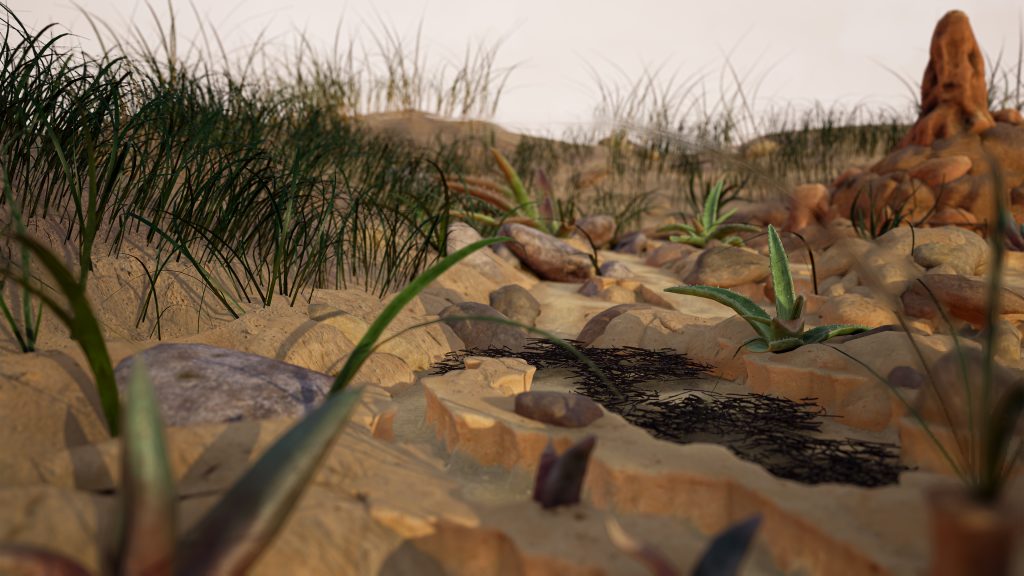
The reveals began at the start of the month and since then we’ve been doing regular posts on our social media (X/Twitter, Facebook, YouTube, Discord), usually on a Saturday. A few other content creators are also getting involved in the fun this time around! Let’s go through everything that has been revealed so far and give it some in-depth discussion.
The Matabele Ants
The final ants that the player will control in the campaign is the Matabele ant, a large and fierce termite-eating species Megaponera analis. They live in sub-Saharan Africa. We did a ‘Creature Feature’-style short video about it, which also begins to show off some of the environment they live in – the grassland savannah.
These ants habitually pillage nearby termite nests – indeed, they are entirely dependent on them (in-game other creatures will be consumable to them, but yield very meagre pickings compared to termites). As obligate termite eaters, they inhabit spaces where they can conduct dusk and dawn raids on nearby mounds.
One of their most interesting qualities is that they are an extremely rare example of helping behaviour in insects. For almost all other eusocial insects, colony members that are wounded in a conflict are left to die. However, Matabele ants that are not mortally injured release a distress pheromone, which attracts their sisters. They’re collected and brought back to the nest, where they are nursed back to health.
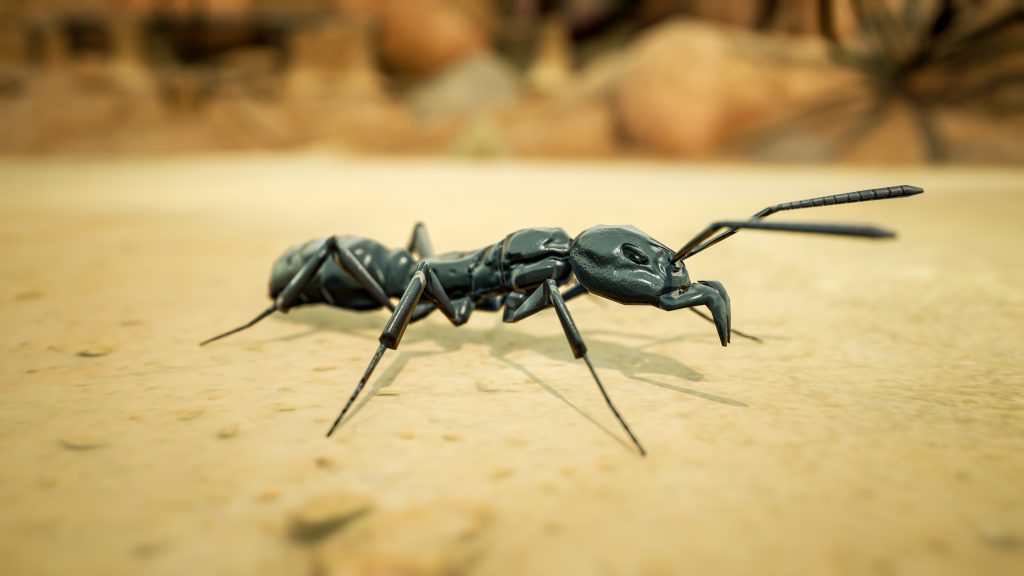
Although the healed ants aren’t as strong or fast as their unscathed broodmates, in this way the Matabeles can significantly reduce their foraging losses and have many more productive ants in the colony. In Empires of the Undergrowth, this whole process is represented by a special Medic class of ant that will take injured Matabeles home, where they will be revived in short order to live a second life with some reduced stats. In this way, the Medic class allows you to increase your population beyond its tile limit. It’s the Medic class that you’ll be able to unlock for your formicarium.
Termites
Absolutely central to tier 5 is Macrotermes bellicosus, an African termite. Termites evolved from a cockroach-like ancestor, as opposed to ants who evolved from a wasp or wasp-like ancestor. The Latin ‘bellicosus’ means combative, or war-like. It’s a slightly misleading name in some respects – although they do not usually seek conflict with their neighbours, they are well-prepared for it and have evolved multiple defensive castes involving major and minor soldiers. They build iconic cathedral-like mounds out of clay and saliva, which are cunningly crafted to provide an ideal internal temperature for their brood in spite of the baking daytime savannah temperatures.
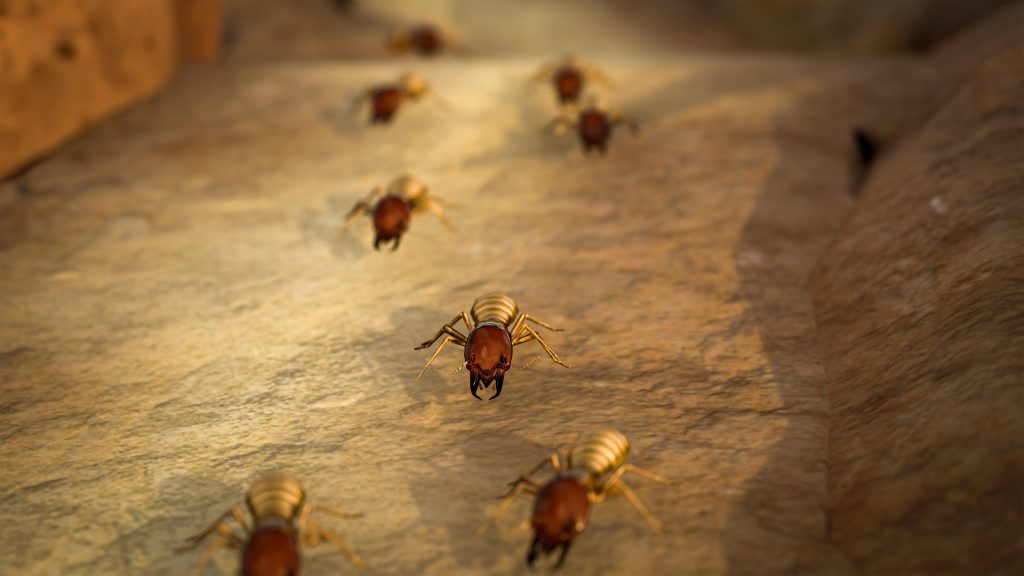
They take refuge in their mounds during the warmest parts of the day, and conduct most of their foraging activities when the temperature is more forgiving. They collect mulchy lignocellulose (drying plant material) from the surface, which they process into edible fungus through a partial digestion process. In-game, this gives them a similar yet slightly more complex food production pipeline to tier 3’s leafcutter ants.
Termite reproductives mate for life – the queen becomes huge and immobile as she grows, and unlike ants that only mate once during a nuptial flight, a termite king lives alongside his queen for their entire lives. In the 5.x levels this rare example of insect monogamy will be represented by the termite king acting as the queen’s fierce protector in her laying chamber.
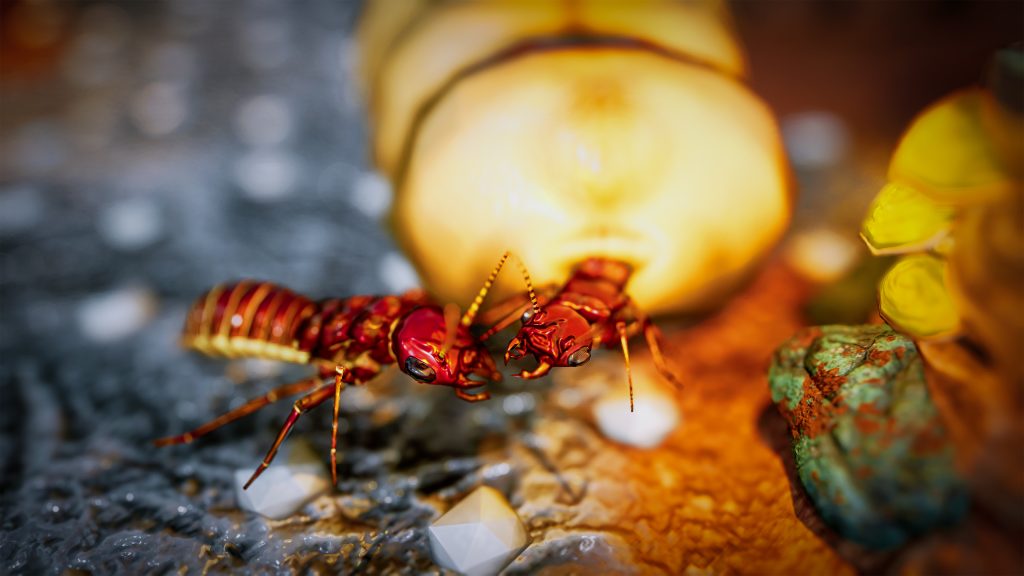
The Matabele-wielding player will need to conduct raids on termites at opportune times, whilst striking a balance – how many termites should they take, without over-harvesting their most important resource? A dead termite colony cannot produce useful food in the future, after all.
African Stink Ant
One of the two auxiliary ant species that the player will encounter in tier 5 is the African stink ant, Paltothyreus tarsatus. These relatives of the Matabele are not as dependent as they are on the nearby termite hills but termites still represent an important part of their diet.
Living in a network of shallow tunnels near the surface, stink ants usually hunt or scavenge alone. However, when the odds are against them they will attract more of their nestmates over a significant distance with their powerful pheromones. It’s these potent pheromones that give the ants their name – they smell strongly sulphurous to human noses.
Sun Spider
Just in case anyone was worried about us forgetting about one of the best things from the last tier (titan-class enemies), we’ve got you covered. One of the titans you’ll encounter in tier 5 is the sun spider (Zeria keyserlingi). We gave one of our favourite YouTube content creators Frazzz a bit of a preview of the sun spider in a special Battle Arena build – the video gives a great representation of their look, animations and abilities. Check it out!
Solfugae (sun spiders), otherwise known as camel spiders, achieved an almost cryptid-like status on the internet in the 2000s due to many unfounded myths about them. The idea that they could kill a dog, or are as dangerous as cobras, or perform facehugger-like jumping attacks at camels are all entirely unfounded but fun to read about.
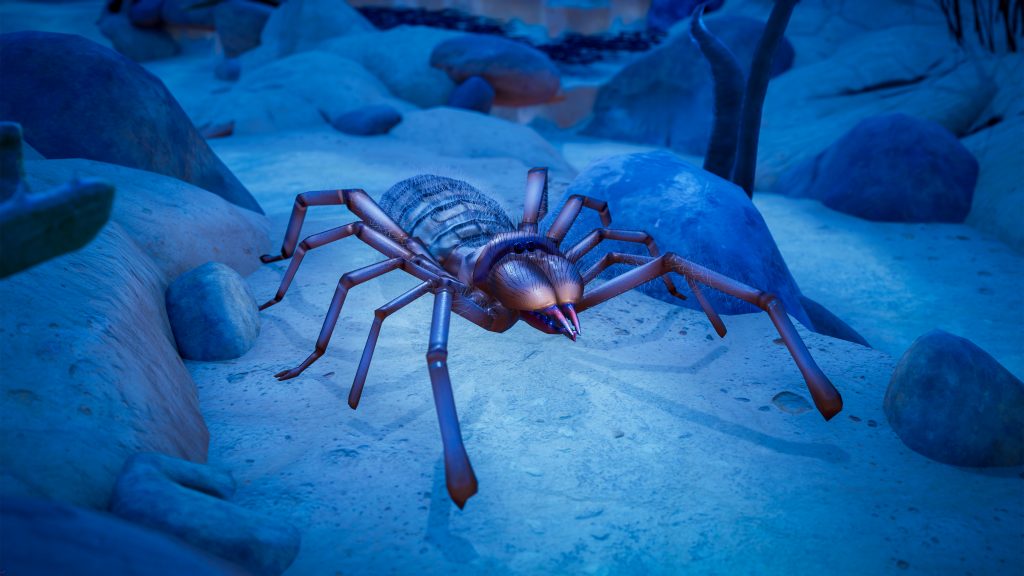
They are in fact venomless, and the most harm they could ever do you is give you a relatively medically insignificant bite. Perhaps it’s their unsettling appearance that makes them so memorable – they’re arachnids, but not true spiders and nothing else looks quite like them. They’re also capable of running very fast for invertebrates, and have a habit of scuttling towards people’s shadows in an attempt to get out of the direct sunlight.
Of course, if you’re the size of an ant, they represent a much bigger existential risk. Keep an eye out for them in the savannah!
Common Earwig
Everyone who’s ever dug around in the dirt as a kid (or indeed as a grown-up enthusiast) will be familiar with earwigs. This species is Forficula auricularia, an originally European / Asian native that has spread to almost everywhere that humans inhabit, including the parts Africa where the 5.x levels take place. A common nocturnal and subterranean enemy, it can use the pincer on the tip of its tail as an additional attack vector when it encounters prey or predators.
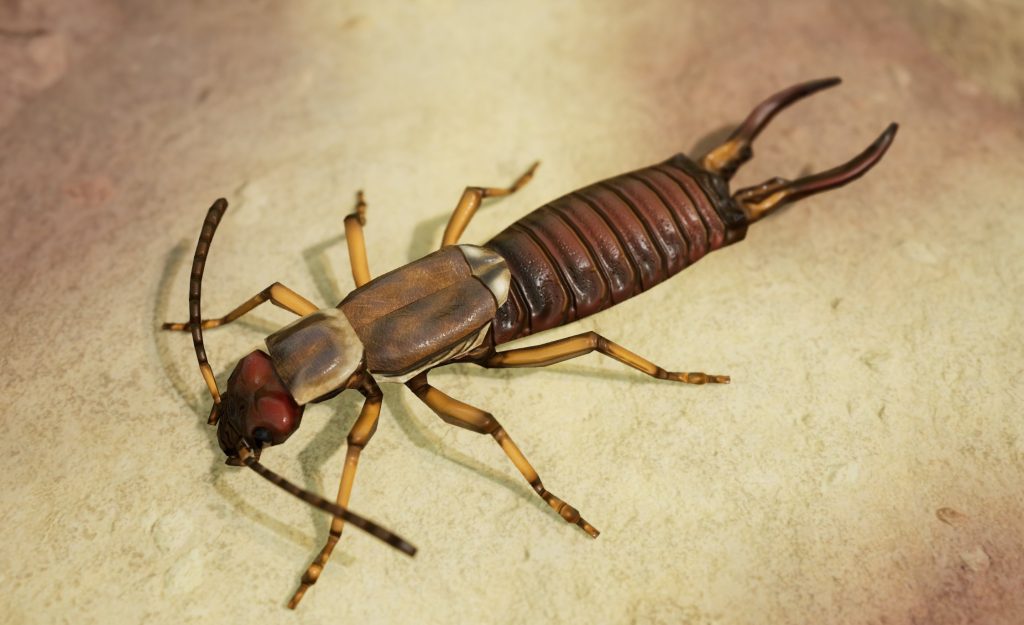
This enemy comes in a male and female variation, indicated by the shape of the tail pincer.
African Tiger Beetle
Would it even really be a proper Empires of the Undergrowth update without a new tiger beetle? Tier 3 excluded, obviously. This is Dromicoida elegantia, and like all tiger beetles it is a fierce predator with excellent vision, fast motion, and powerful slicing jaws. It will feature as one of the regular enemies roaming the savannah.
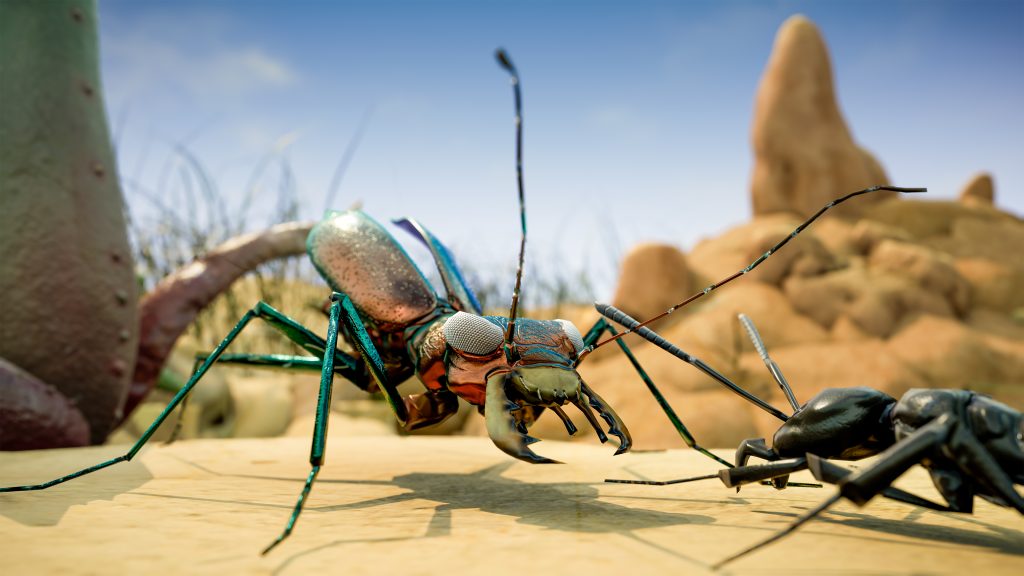
The Savannah
The tier 5 levels take place in the savannahs of sub-Saharan Africa. African savannahs are grasslands with open-canopy tree populations. Daytime temperatures can be brutal, and most species must take refuge in the shade in the hottest parts of the day. For termites this means retreating to their naturally air-conditioned mounds. It is a place of clay-rich soil and impressive biodiversity. Savannahs are far from deserts – standing water is often found there, and flowing water is available seasonally with most rainfall confined to a wet season.
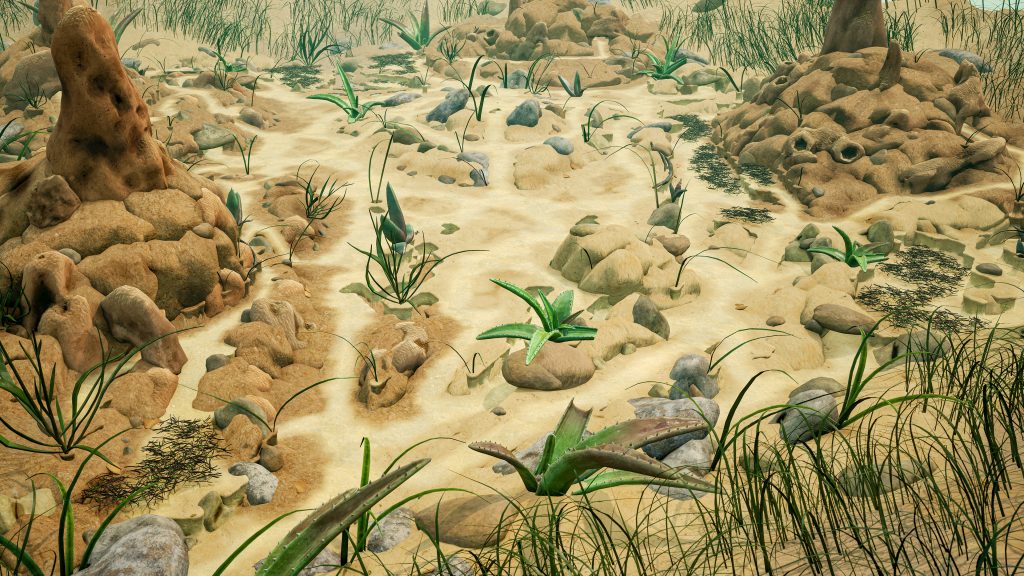
At some point in the coming weeks I’ll do an environmental showcase for the savannah levels, as we get closer to the artwork being completed for them.
That’s everything that’s revealed so far about tier 5 – but there’s a lot more to come. The round-ups in newsletters and vlogs will continue, but our social media (X/Twitter, Facebook, YouTube, Discord) is the best place to get news quick.
ANTCON 2024
Unless something happens in the meantime there’s a very strong possibility that myself and one other Slug Disco team member will be going to ANTCON 2024 in Carmarthen, Wales in May. That team member is unlikely to be one of the EotU devs – it’s an understandably very busy time for them! Tickets for the event are sold out, but if you managed to snag one then we look forward to seeing you on the Saturday. Last year’s event was great fun – check out the travelog we recorded.
Screenshot Central
As always, if you’d like to submit a screenshot to this part of the newsletter the easiest place to do that is on the appropriate channel of our Discord. Hit F9 (by default) to enter photo mode, and hold shift whilst you do that to uncouple the camera from the ground plain, allowing for some creative angles.
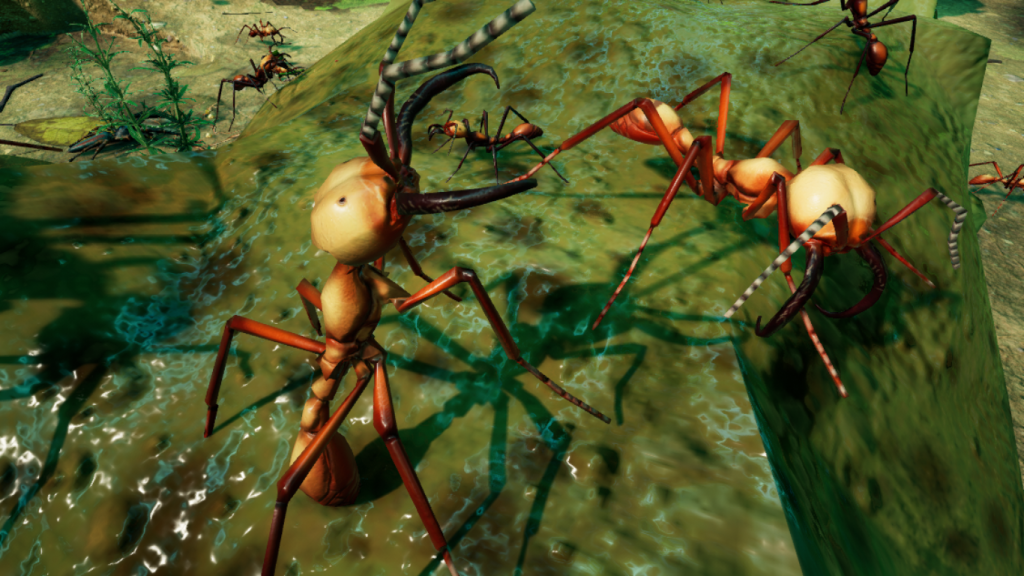
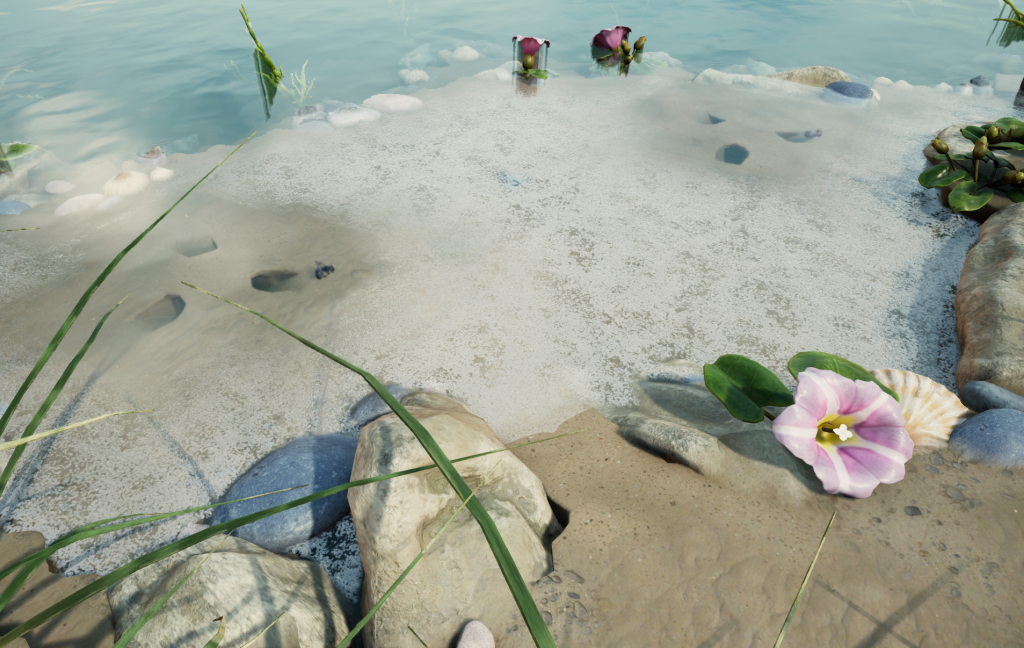
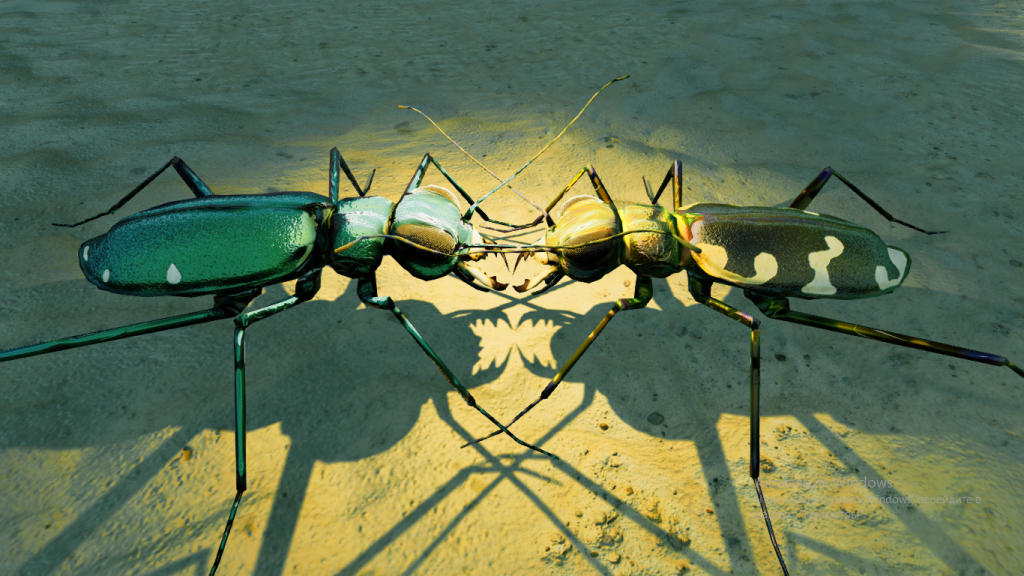
Ant-icipation Rises
A final note from me as I close up this newsletter and get back to the ultra-busy period of time the Slug Disco team is currently in – we are indeed approaching the end of the long early access journey, and the one thing that has been able to sustain us through that is you. Your patience and understanding has allowed this tiny team of three old friends to slowly craft their dream game, and that dream is nearly fully realised. Now, back to it.
Mike
Senior community manager
🐜🐜🐜🐜🐜🐜

